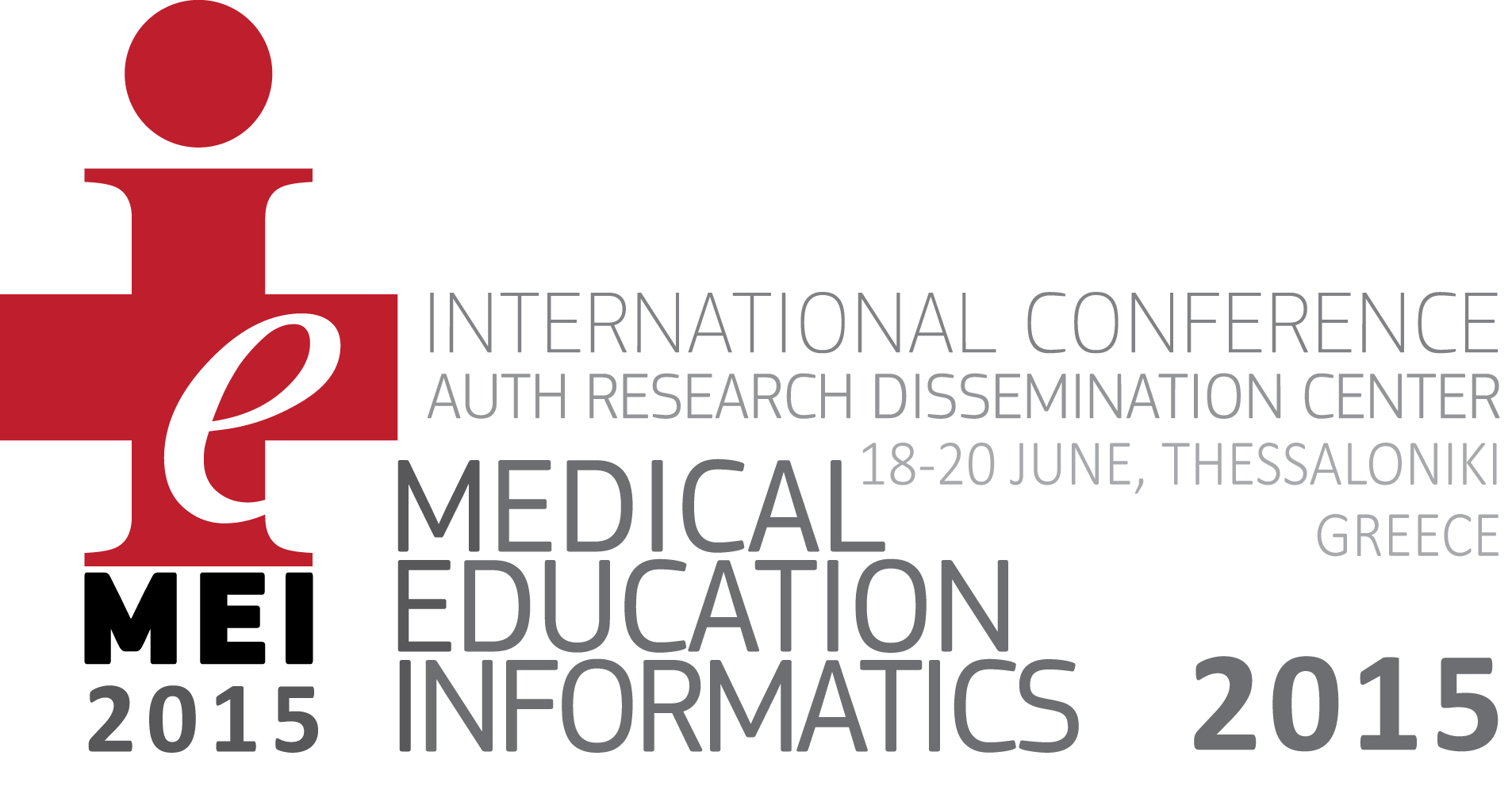You are here
Home › Authoring and Implementing Interactive PBL Scenarios Aims/objectives:Authoring and Implementing Interactive PBL Scenarios Aims/objectives:
Aims/objectives:
Define virtual patients and understand the variety of roles have in education
Create a very simple virtual patient
Understand what makes the interactive virtual patient a unique learning opportunity for exploring and testing clinical reasoning
Learn how to create realistic and authentic management options for students to choose from when exploring a patient scenario.
Learning outcomes:
Learn how to create VPs for different learning methods
Begin to create their own VP case during the session, which they will be able to finish after the session to use within their own institution.
Learn what to do, and not to do, when creating VPs - the rules and tips for authoring and how to create realistic and effective management options, with consequences.
Take away the PowerPoint slides, knowledge of VP authoring, and links to their own cases
Background:
VPs are interactive computer simulations of real life scenarios for the purposes of medical training and assessment. They allow students the opportunity to consider options of clinical management, take decisions and experience the consequences of those decisions, safely. St George’s University first introduced Interactive Virtual Patients Cases within their Problem-Based Learning (PBL) sessions in 2009 and ever since the interactive VP/PBL has been a permanent implementation in the medical curriculum.
Scenario:
This workshop will provide an introduction to scenario-based learning, specifically Virtual patients, the types of scenarios used how they are used. It will consider the value to the student and patient of using the virtual patient to learn how to take clinical decisions, in a safe environment, before encountering ‘real’ patients in clinical attachments. Delegates will receive an introduction to some of the different VP authoring systems (OpenLabyrinth, i-Author, Decision Simulation, and UChoose). Delegates will play an example to illustrate the value of this ‘options and consequence’ model.
Related papers:
Poulton T, Ellaway R H, Round J, Jivram T, Kavia S, Hilton S. 2014. Exploring the Efficacy of Replacing Linear Paper-Based Patient Cases in Problem-Based Learning With Dynamic Web-Based Virtual Patients: Randomized Controlled Trial, Journal of Medical Internet Research, 16(11):e240
Poulton T, CBalasubramaniam C. Virtual patients: a year of change. 2011 Medical teacher 33 (11), 933-937
Poulton T, Conradi E, Kavia S, Round J. and Hilton, S., 2009. The replacement of ‘paper’ cases by interactive online virtual patients in problem-based learning. Medical Teacher, 31(8), p. 752-758
Hooper C, Jivram T, Law S, Michell A and Somasunderam A. 2012. Using virtual patients to teach medical ethics, medical law and medical professionalism. Medical Teacher, 34(8), p. 674-675


















